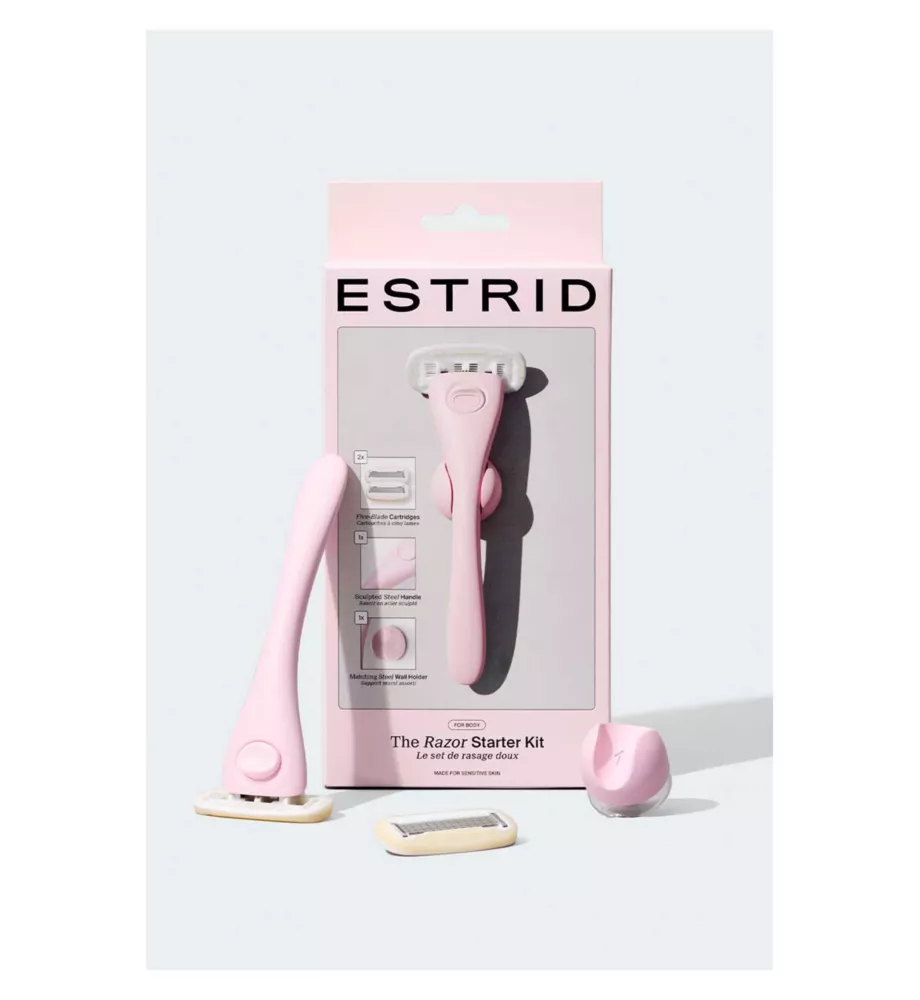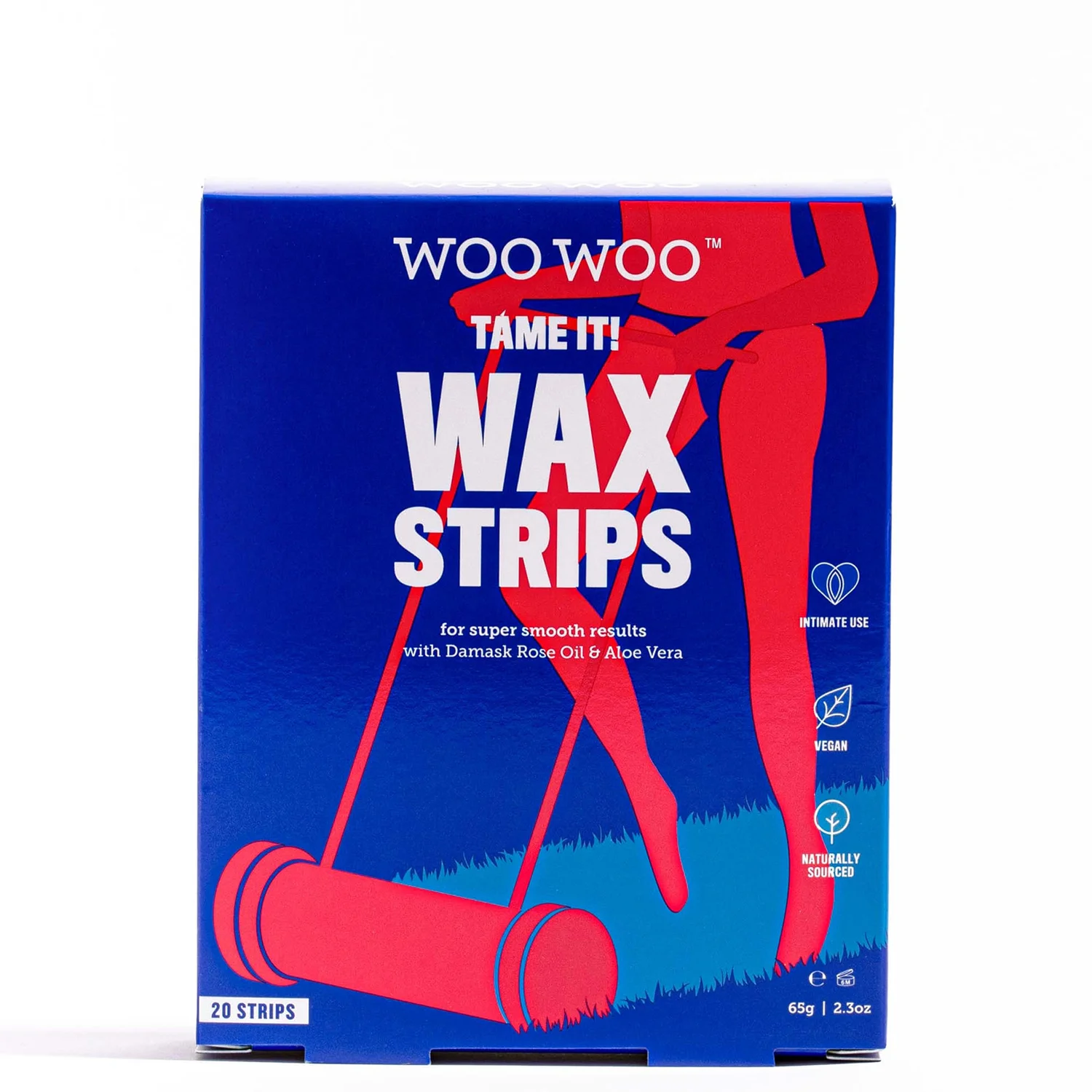The Truth About Toe Hair: Why It Happens—and How to Remove It
(If you choose to)

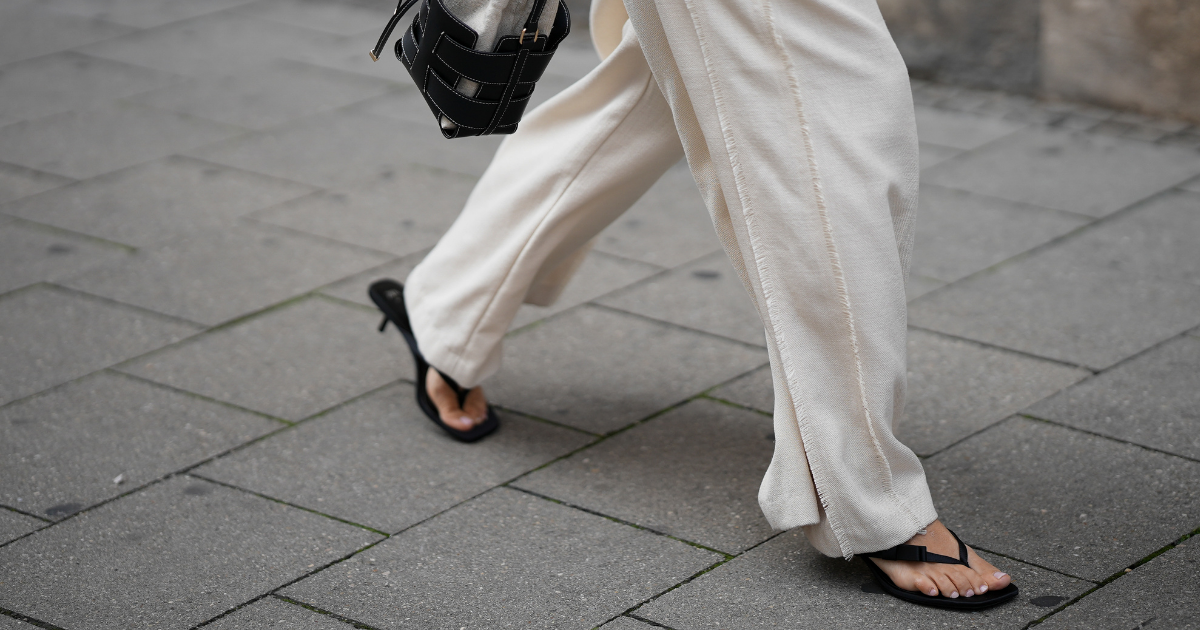
Few moments are more humbling than your beauty therapist pausing mid–bikini wax to ask, ‘Shall I do your toes while I’m down here?’ (Or so I'm told...)
The reality is, toe hair is far more common than we care to admit—and, like rogue chin hairs or upper-lip fuzz, they’re simply part of the body’s unruly (and completely normal) pattern of hair growth.
But why does it suddenly seem to sprout when we reach a certain age? And what's the best way to remove the hair without it coming back thicker and darker? Here's everything you need to know...
Is it normal for women to have toe hair?
Rest assured, it is completely normal for women to have hair on their toes. Body hair growth is largely determined by genetics, hormones, and age, which means some women naturally grow more visible hair in areas like the toes, knuckles, stomach, or the chin. For many, it appears as fine, light fuzz, but for others the hair may be darker or coarser—especially around the big toe.
Hormonal changes can also make toe hair more noticeable. For example, fluctuations during puberty, pregnancy, or menopause can stimulate new growth, and conditions linked to higher levels of androgens (like polycystic ovary syndrome) may also play a role.
In most cases, toe hair is a harmless quirk of hair distribution rather than a medical concern. If, however, you notice a sudden increase in coarse hair growth in new areas of the body, it may be worth checking in with a GP or dermatologist to rule out an underlying hormonal imbalance.
The bottom line? Toe hair is very common, very normal, and nothing to be embarrassed about—but if you’d prefer to remove it, there are safe, effective options.
Celebrity news, beauty, fashion advice, and fascinating features, delivered straight to your inbox!
How can I remove hair from my toes?
If you’d prefer smooth, hair-free feet, there are plenty of safe and effective ways to remove toe hair—ranging from quick fixes to longer-term solutions.
The fastest and most budget-friendly method is shaving. Simply lather with shaving foam or shower gel to prevent nicks, razor burn, and bumps, then glide a clean razor over the area. A word of warning: regrowth happens quickly (often within days), and when hair grows back short and blunt, it can appear coarser and darker than before. There's also hair removal creams, which work in a matter of minutes and are completely pain free. But you'll see regrowth as quickly as you would if you shaved.
Alternatively, waxing lasts longer than shaving—usually around 3–4 weeks—and is easy to do at home using pre-made wax strips. Because the toes are such a small, accessible area, it’s a fairly straightforward process. Trim any longer hairs first to minimise pain, and apply aloe vera or a soothing gel afterward to calm irritation.
If you just have a few stray hairs, tweezers are a simple solution. Icing the area beforehand can help numb sensitivity, making plucking less painful.
For anyone looking for longer-term results, laser hair removal is the most effective option. While it’s more of an investment in terms of both cost and time, at-home laser devices make it easier to incorporate toe hair removal into your regular routine. A few zaps during your weekly sessions can gradually reduce growth—and potentially stop it altogether.
How to prevent toe hair from coming back
Unfortunately, there’s no way to completely stop toe hair from regrowing unless you opt for permanent removal methods. However, there are ways to slow down growth and reduce how noticeable it is.
Laser hair removal is the most effective long-term option. By targeting the follicle, laser reduces growth over time and can eventually stop it altogether after multiple sessions. At-home devices can also help with gradual reduction, though professional treatments are stronger.
However, laser hair removal isn’t a perfect fit for everyone. The technology targets the pigment (melanin) in the hair follicle, so it tends to be most effective on individuals with a higher contrast between their skin colour and hair colour (for example, light-to-medium skin tones and dark hair). Those with dark skin and dark hair, or those with pale skin and very blonde, red, grey, or white hair may not see strong results, and could even experience burning or pigmentation changes (although newer devices and professional-grade lasers are increasingly designed to be safe and effective across a wider range of skin tones).
Alternatively, any method that pulls the hair from the root (like waxing, plucking or epilating) can make the hair grow back finer and sparser over time, and will delay regrowth for a few weeks.
Best products and treatments for toe hair
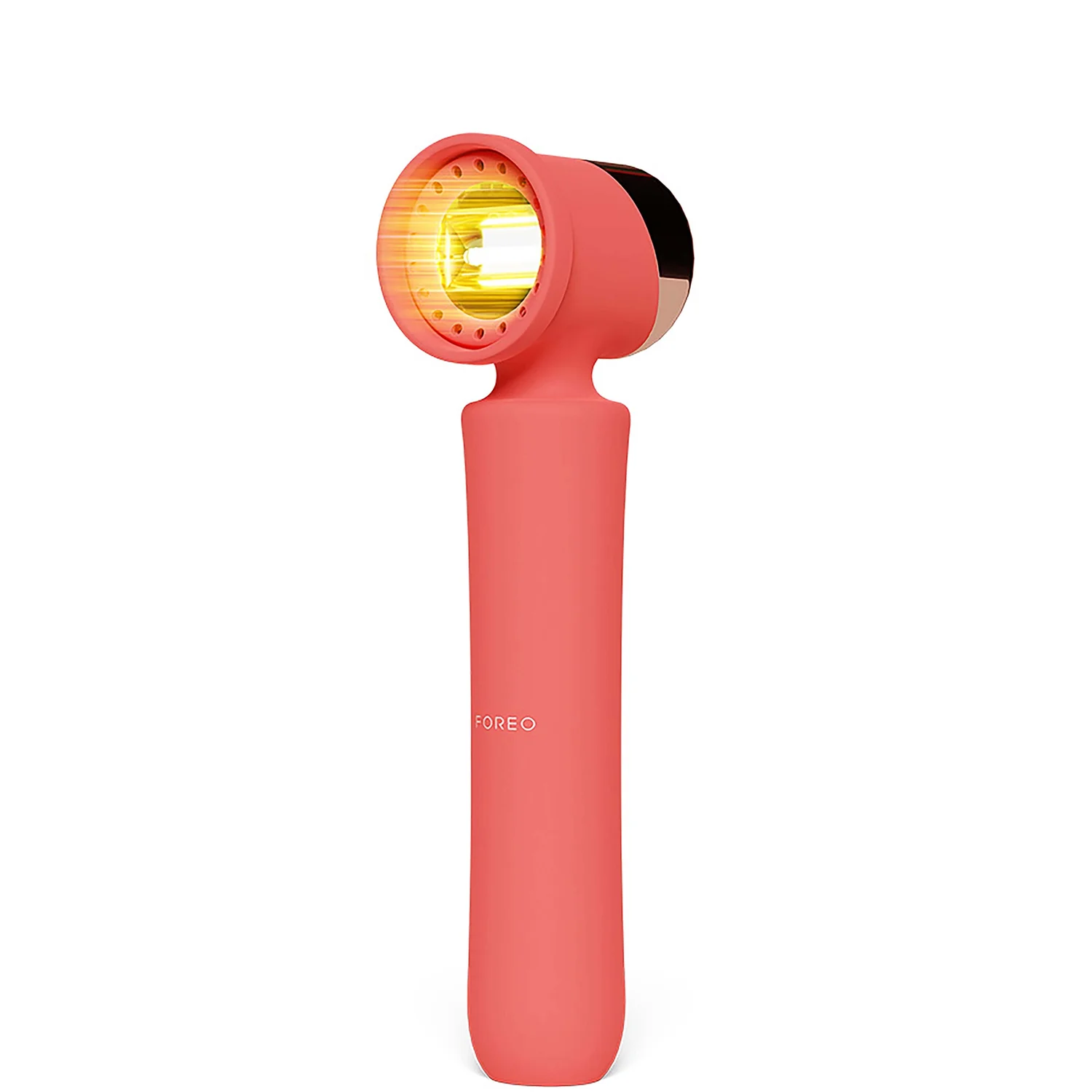
This at-home hair removal device has truly thought of everything. It has skin adapting variable energy (up to 7.3 J/cm²) and a patented lamp design with a flash that delivers 120 flashes per minute. There are five intensities and two modes designed for large and precise areas (perfect for toes) and a built-in air cooling system for enhanced comfort.
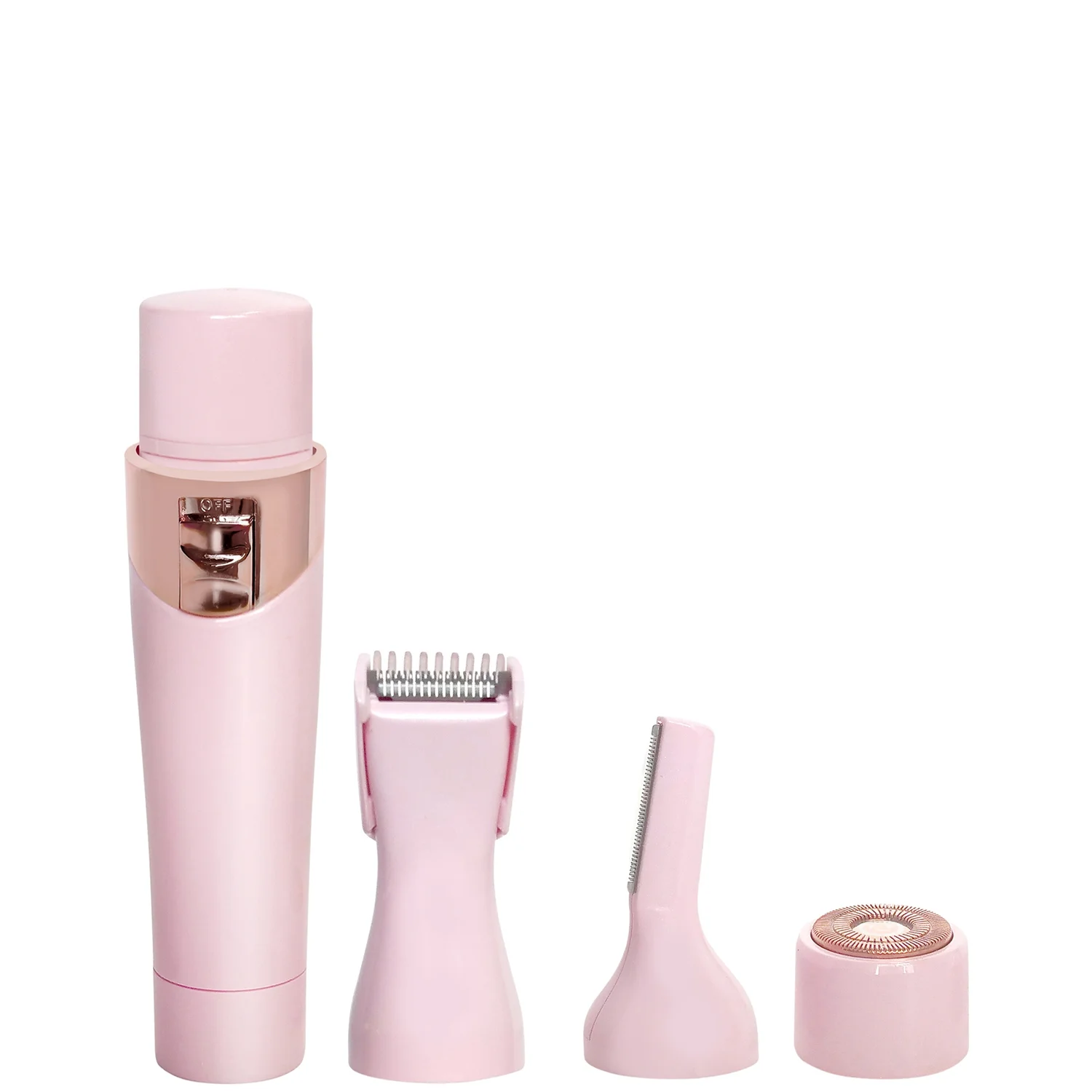
If you’re prone to nicks and cuts, an electric trimmer can be a gentler alternative. This one features a trio of metal-plated trimming heads designed to protect sensitive skin while effectively removing hair without irritation. It’s rechargeable, easy to use, and comes with three attachments—perfect if your hair removal routine extends beyond just your toes.

Lottie Winter is the Beauty Director at Marie Claire UK. With over a decade of beauty journalism under her belt, she brings a desire to cut through the noise and get to what really matters–– products that deliver, conversations that empower, and beauty that makes people feel like their best selves.
